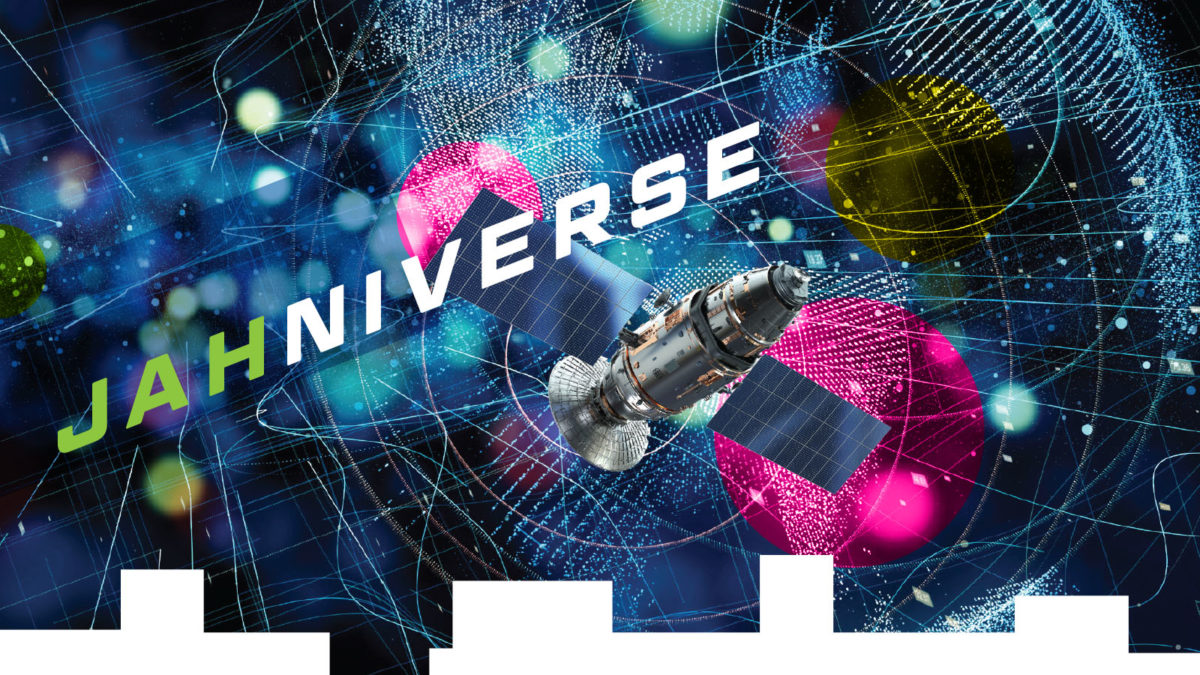Bringing efficiency to NASA’s astronaut program
By Moriba Jah|April 2024
Imagine being hired by an airline as a pilot or crew member and being required to keep to a specific schedule and training, only to fly years later — or just once in the course of your entire career. The situation for NASA’s astronaut corps is much like that. The desire to launch astronauts has led NASA to have many more in the corps than actual opportunities to send them to space, and the agency is actively recruiting more. The program has become bloated and inefficient, and it’s time for a paradigm shift.
Last month’s induction of a new class by NASA may seem like cause for celebration, but upon closer inspection, it reveals the systemic issue. As of March, NASA boasted 48 “active” astronauts, a fraction of the 149 in 2000. This drastic reduction in the corps belies a fundamental truth: There still are too many astronauts for the available opportunities.
This isn’t a new problem. As far back as the 1990s, it was not unusual for there to be a gap of several years between an astronaut’s selection and first spaceflight. Take the journey of Janet Kavandi, who first flew aboard a space shuttle orbiter in 1998 four years after her selection, or Heide Stefanyshyn-Piper, whose selection in 1996 marked the beginning of a decadelong journey before her first flight.
The waits have grown longer since. Consider Andrew Feustel, who flew nine years after his selection in 2000. Jeanette Epps is the most recent example. Her arrival at the International Space Station last month aboard SpaceX Crew Dragon came 13 years after her selection.
There’s no question that all these individuals and their colleagues are highly qualified, and to their credit, they weren’t idle while they waited for their turn to go to space; many served various roles with NASA to hone their skills and expertise. But this reality not only undermines the morale of aspiring astronauts, it also represents a significant waste of resources and talent.
Moreover, the financial burden of maintaining a surplus of astronauts cannot be ignored. The cost of training each astronaut runs into millions of dollars, a price tag that taxpayers foot with the expectation of tangible returns. Yet, with a surplus of astronauts and a relative scarcity of missions, this investment yields diminishing returns. With NASA currently soliciting applications for the next class, the returns could diminish even further.
Beyond the financial implications, the current program perpetuates a narrow conception of space exploration. While astronauts are undoubtedly essential for certain missions, they represent only one facet of humanity’s cosmic journey. To date, astronauts have been drawn from the military and scientific ranks, an exception being Christa McAuliffe, a school teacher who was killed with her crewmates aboard the shuttle Challenger. NASA must broaden its horizons and also recruit individuals from diverse backgrounds — artists, poets, philosophers — who can offer unique perspectives on our place in the universe.
In addition, NASA’s emphasis on cultivating a fan base for its astronauts detracts from the agency’s core mission of space exploration. While it’s understandable that NASA seeks to inspire and engage the public, this should not come at the expense of efficiency and effectiveness. Instead of sensationalizing space travel by encouraging astronaut groupies, NASA should focus on normalizing spaceflight as a routine aspect of human activity. Just as airline crew members and ship captains perform essential roles without fanfare, astronauts should be seen as skilled professionals carrying out their duties in the pursuit of knowledge and exploration. By shifting the focus from celebrity status to professional excellence, NASA can foster a culture of inclusivity and collaboration that extends beyond the confines of Earth.
The time has come for NASA to rethink the size and focus of its astronaut program in light of changing realities and emerging opportunities. By prioritizing efficiency, diversity and normalization, the agency can chart a course toward a more sustainable and inclusive future in space exploration.








